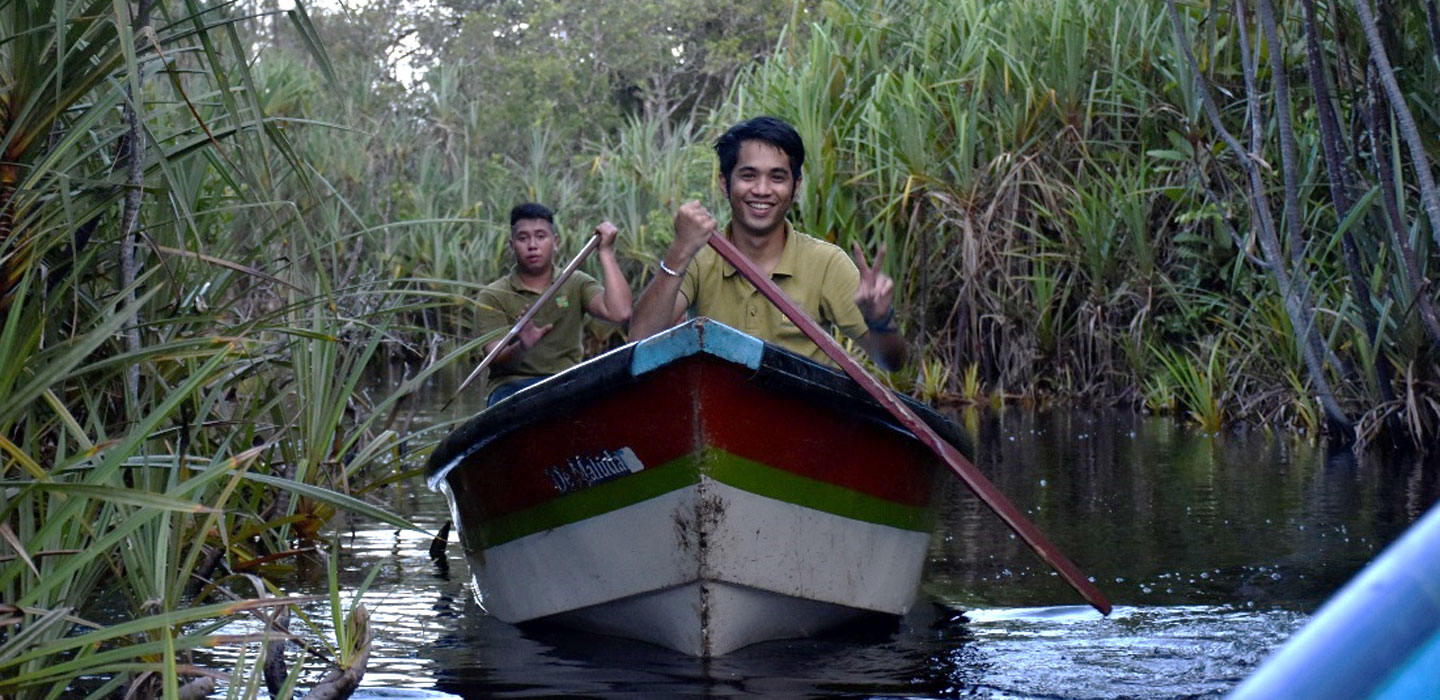The wonderful power of wetlands
IFAD Asset Request Portlet
Asset Publisher
The wonderful power of wetlands
Estimated reading time: 3 minutes
Wetlands, like swamps, marshes and estuaries, are closely linked with our well-being. These water-saturated areas are biodiversity hotspots, home to countless plants, animals and microbes. A key part of natural water cycles, they are crucial for water quality and protect against floods and erosion.
Let’s visit some of these ecosystems – and meet the rural people who are protecting them.
Promising peatlands
Over millennia, leaves and wood fall on waterlogged soils to create peatlands. Unable to fully decompose, the organic matter turns into a thick layer of peat. Collectively, peat soils store twice as much carbon as all the world’s forests put together.
Over half of the world's carbon that is locked up in peatlands is in Indonesia. But this vast landscape is under threat from expanding plantations which, in turn, lead to more frequent fires. In 2015, devastating fires in the peatlands released more carbon dioxide each day than the entire European Union, and local communities breathed polluted air that was more than 133 times the hazardous level.
With support from IFAD and the Global Environment Facility, communities are restoring the hydrology and revitalizing the peatlands. By blocking the canals used to drain the peat, they ensure the water seeps back into the ground and raises the water table, thus naturally saturating the peatland.
“The community's economic life comes from peat," says Makruf Siregar, who works as part of the initiative. "If we protect the peat, the economic situation will be better for the community."

As the peatlands return to life, local communities are prospering. The canal blocks provide a water source for small-scale farmers and create freshwater pools from which they can catch fish. And they have reduced fire hazards, so local people can breathe easy.
Fruitful fish ponds
Despite being man-made, fish ponds and rice paddies can be diverse and productive ecosystems, in addition to providing food.
For example, with support from the AFAP project, rural communities in Angola are building ponds full of diverse local species of fish. Alongside this rich source of food, families are also encouraged to grow vegetable gardens to increase the diversity of their diets.

Lucinda Magalhães, a 29-year-old mother of five, has seen her family’s health and well-being transformed thanks to the nutri-ponds. With readily available fresh fish and vegetables, she says that there is now always food on the table.
It’s no wonder that nutri-ponds are catching on: of the 13 established during the project, three were developed by communities using their own resources.
Coastal conservation
Bangladesh is home to the Ganges delta, the largest river delta in the world. Here, the Meghna estuary is a dreamlike landscape of small sandbank islands known as char. These char appear and disappear with waves and storms, but as sea levels rise and storms become more frequent, they are increasingly threatened.
Mangrove forests along the coast protect soil while providing a rich natural environment which countless fish, prawns and other creatures call home. They also break the force of the waves, reducing damage from storm surges. With IFAD’s support, local communities have planted 1,150 hectares of mangroves on char in the Meghna estuary.

From Indonesian peatlands to Bangladeshi sandbanks and Angolan fishponds, IFAD partners with small-scale farmers to conserve precious wetland ecosystems – while reaping their benefits for the world’s poorest rural communities.
Publication date: 01 February 2024